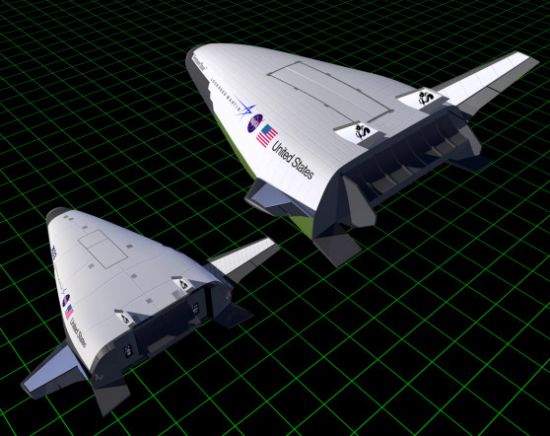|
|
In 1996, NASA committed itself to the development of a revolutionary new launch vehicle, the X-33. To be
successful, this vehicle would require significant advances in rocketry technology, not the least of which are the
linear aerospike engines. As we have seen, the strength of this type of engine is its ability to adjust to varying
operating conditions resulting in improved off-design performance as compared with traditional converging-diverging
nozzles like the bell. While the advantages of this nozzle have been recognized since the 1950s, it has never been
utilized in rockets because of the lack of flight-test data and the perceived high risk of using an untried
design. Hopefully, this deficiency will soon be rectified allowing the potential of the aerospike engine to be
realized.
With NASA's decision to cancel the X-33 after its contract with Lockheed Martin expired in March 2001, the future
of not only the aerospike engine, but of the entire single-stage-to-orbit concept remains unclear. However, even
if the X-33 never flies, the research conducted by NASA and the Rocketdyne division of Boeing to develop aerospike
engines of sufficient performance and reliability to be used on an actual flight vehicle cannot be underestimated.

|



